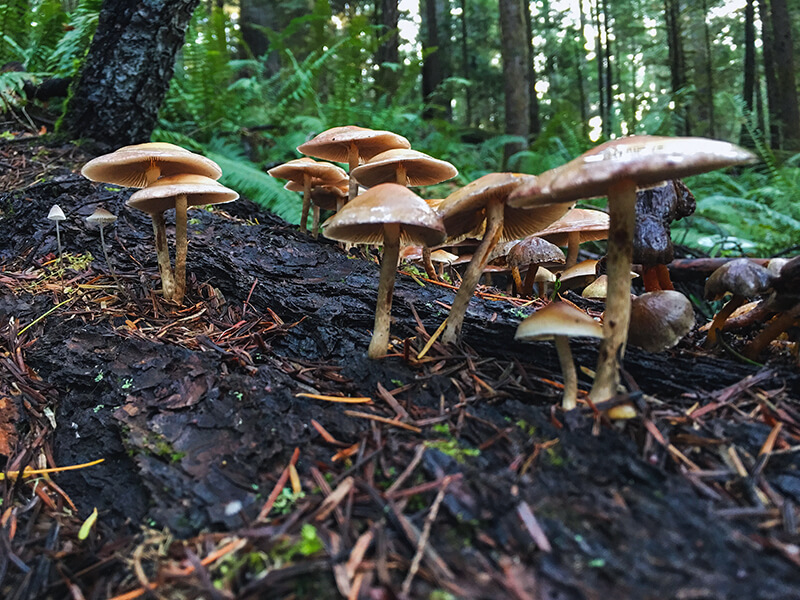Natural and Managed Ecosystems
Students compare the differences between natural and managed ecosystems and describe ways in which farmers can protect agricultural ecosystems.

Background
Lesson Activities
Recommended Companion Resources
Credits
Author
Lynn Wallin | National Center for Agricultural Literacy (NCAL)
Sources
- https://data.worldbank.org/indicator/ag.lnd.agri.zs
- https://www.sciencedirect.com/science/article/pii/B978008045405400313X
- https://www.westernsare.org/About-Us/What-is-Sustainable-Agriculture
- https://www.ucsusa.org/food-agriculture/advance-sustainable-agriculture/what-is-sustainable-agriculture
- https://www.nasa.gov/content/goddard/seeing-photosynthesis-from-space-nasa-scientists-use-satellites-to-measure-plant-health/
- https://thesustainabilityalliance.us/5-facts-sustainability-in-agriculture/
Standards
National Content Area Standards
- Social Studies – Geography
- Geography Standard 8 (Grades 3-4): The characteristics and spatial distribution of ecosystems and biomes on Earth's surface.
- Objective 1: The components of ecosystems.
- Objective 2: The characteristics of ecosystems.
- Geography Standard 8 (Grade 5): The characteristics and spatial distribution of ecosystems and biomes of Earth's surface.
- Objective 1: Components of ecosystems are interdependent.
- Objective 2: Physical processes determine the characteristics of ecosystems.
- Geography Standard 8 (Grades 3-4): The characteristics and spatial distribution of ecosystems and biomes on Earth's surface.
- Science
- 5-ESS3: Earth and Human Activity
- 5-ESS3-1: Obtain and combine information about ways individual communities use science ideas to protect the Earth's resources and environment.
- 5-LS2: Ecosystems: Interactions, Energy, and Dynamics
- 5-LS2-1: Develop a model to describe the movement of matter among plants, animals, decomposers, and the environment.
- 5-ESS3: Earth and Human Activity
 and their corresponding book and Food Chain Pictures.
and their corresponding book and Food Chain Pictures.